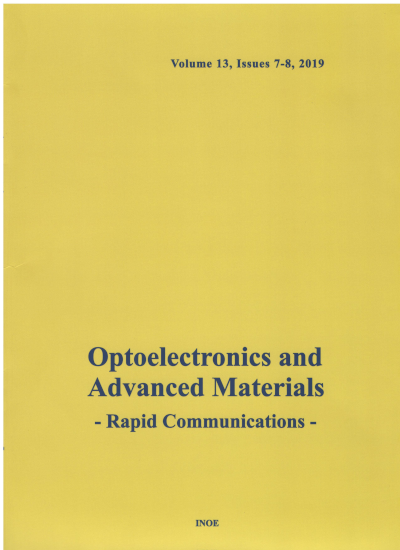Abstract
This study investigates the effect of Light andElevated Temperature Induced Degradation (LETID) and the subsequent
regeneration on the electrical performance of silicon solar cells. The research focused on boron-doped Czochralski silicon
(Cz-Si) with a TiO2 coating and multicrystalline silicon (Mc-Si) with a SiNx: H antireflection coating (ARC) layer.The
regeneration process entailed illuminating the cells at temperatures 130 °C and 190 °C for a duration of 30 min; followed by
exposure to degradation conditions at 75 °C. Following a 28 hours of light exposure, the initial batch of cells underwent
complete degradation, while the second batch, subjected to regeneration at 130 °C, demonstrated degradation after 48
hours. It was observed that Mc-Si-based cells were more prone to LETID, with a 6% efficiency reduction, compared to a 4%
decrease in Cz-Si cells. During the regeneration phase at 190 °C, a 0.8% and 2.5% decrease in electrical performance was
observed in Cz-Si and Mc-Si cells, respectively. However, at 130 °C, a 1.6% increase in efficiency was observed, indicating
performance regeneration. These results establish that the regeneration protocol diminishes the formation of the BO defect
and alleviates degradation caused by metallic contaminants like iron. Furthermore, the findings suggest that the
degradation in Mc-Si solar cells is associated with the infiltration of hydrogen into the bulk silicon from the SiNx:H layer.
Keywords
LETID, Boron-Oxygen Defects, Hydrogen, Regeneration.
Citation
A. MOHAMMED KRARROUBI, D. BOUHAFS, I. Y. ZENTAR, R. SI-KADDOUR, H. AMROUCH, Annihilation of LETID effect in mono and multicrystalline boron doped silicon solar cells by illumination, Optoelectronics and Advanced Materials - Rapid Communications, 19, 5-6, May-June 2025, pp.263-268 (2025).
Submitted at: Oct. 22, 2024
Accepted at: June 3, 2025
